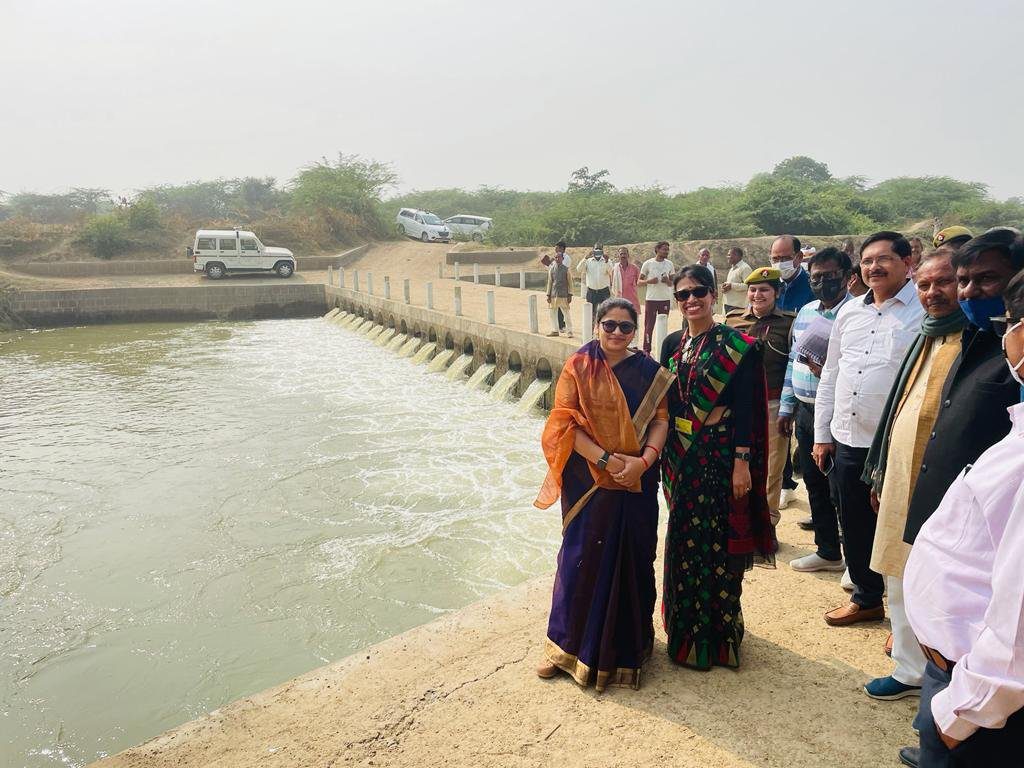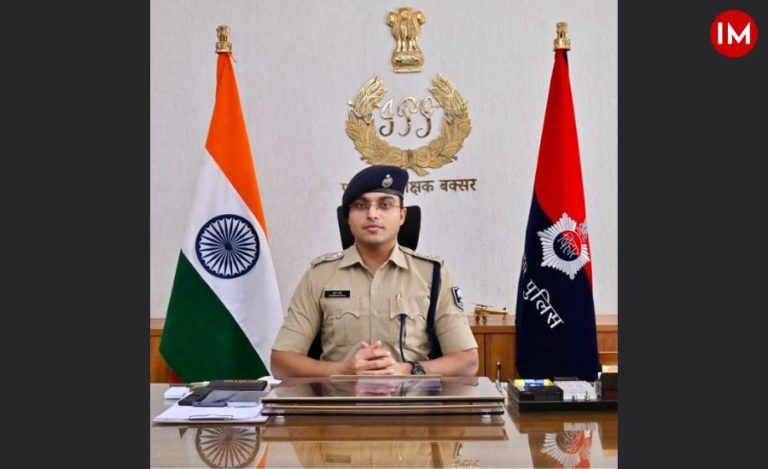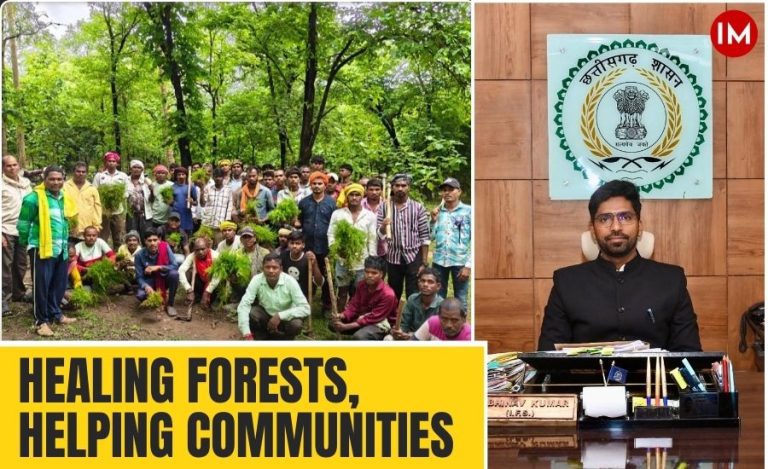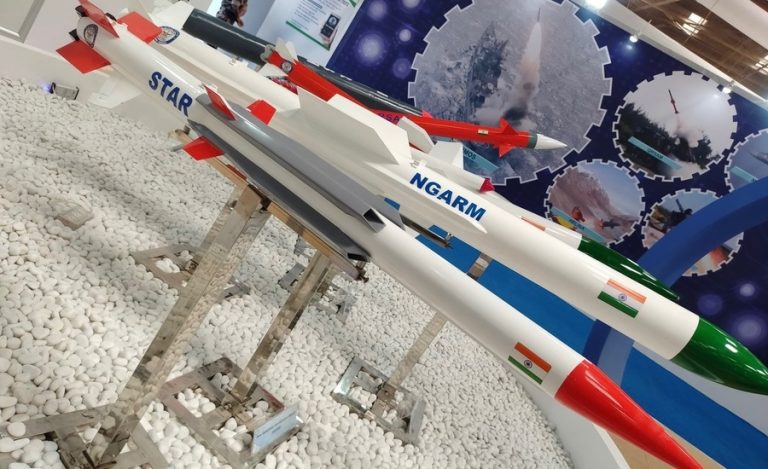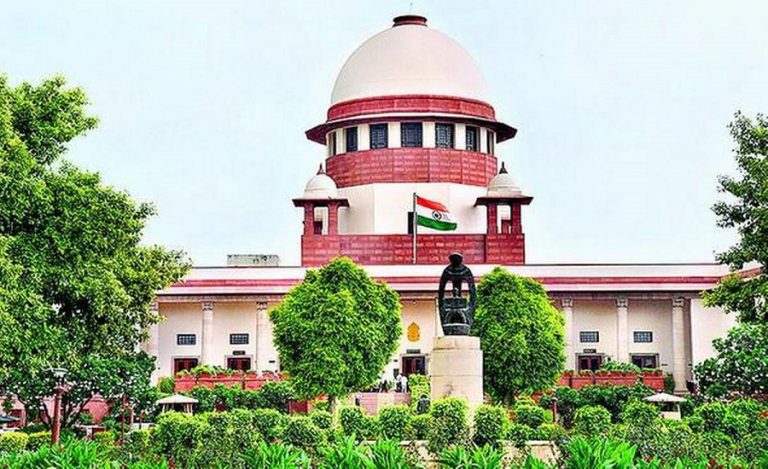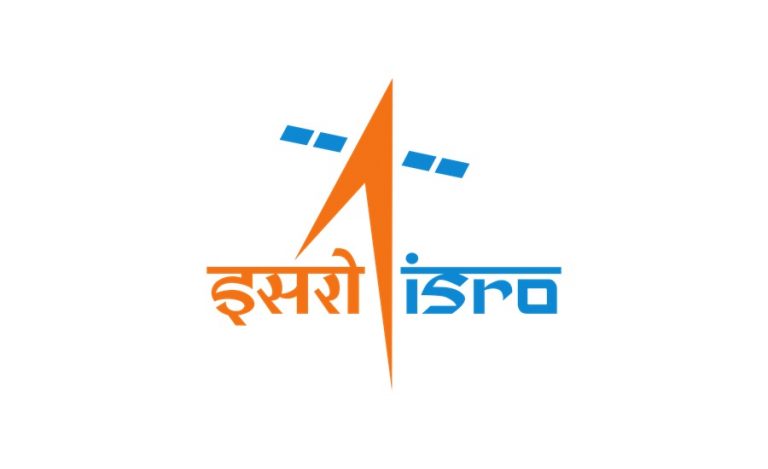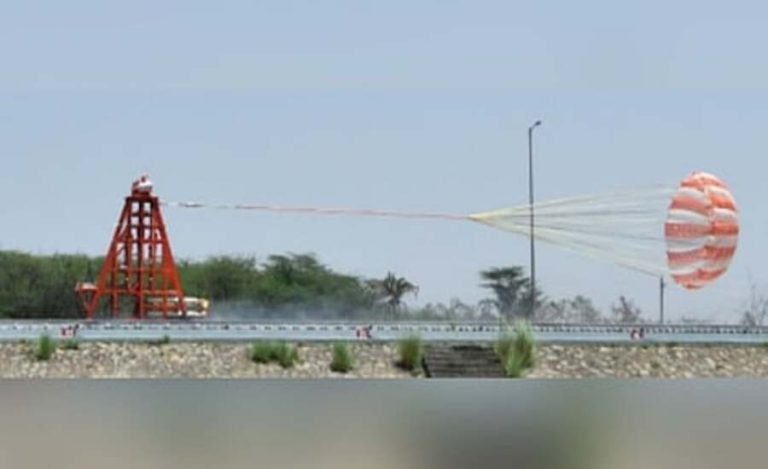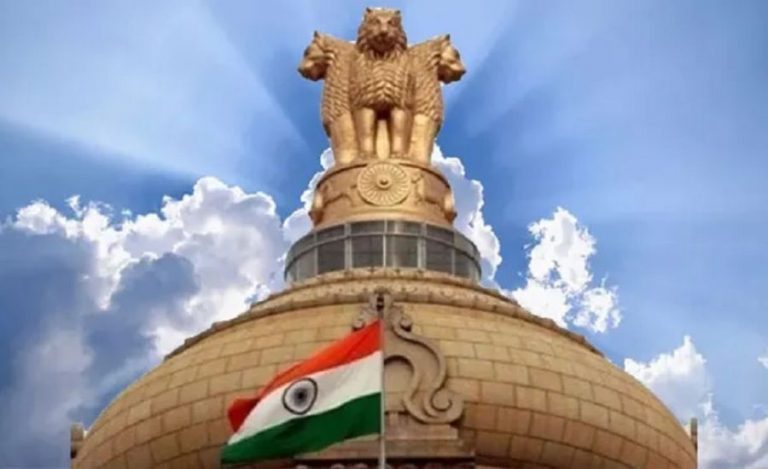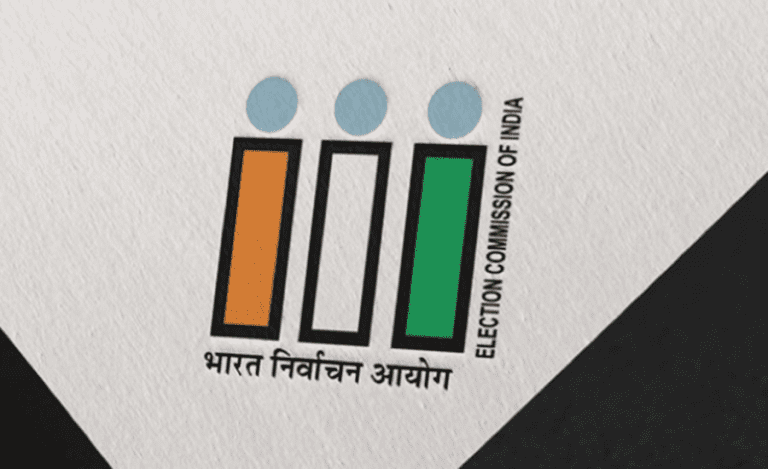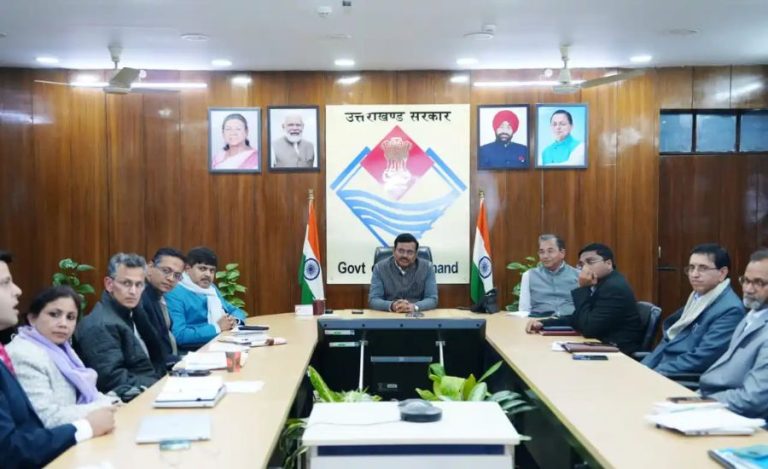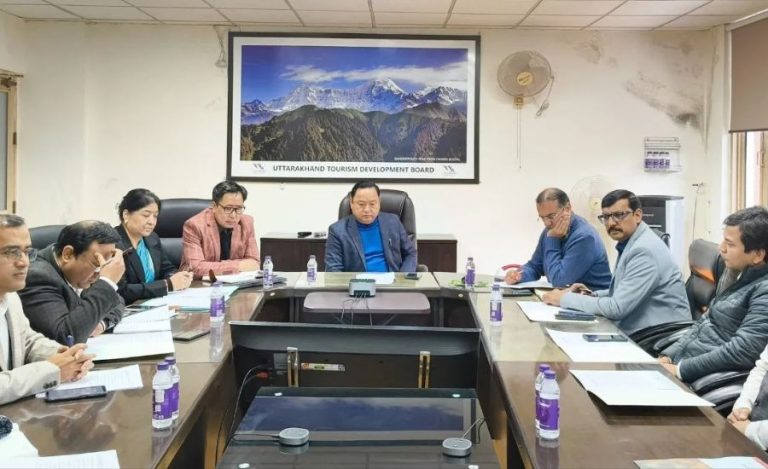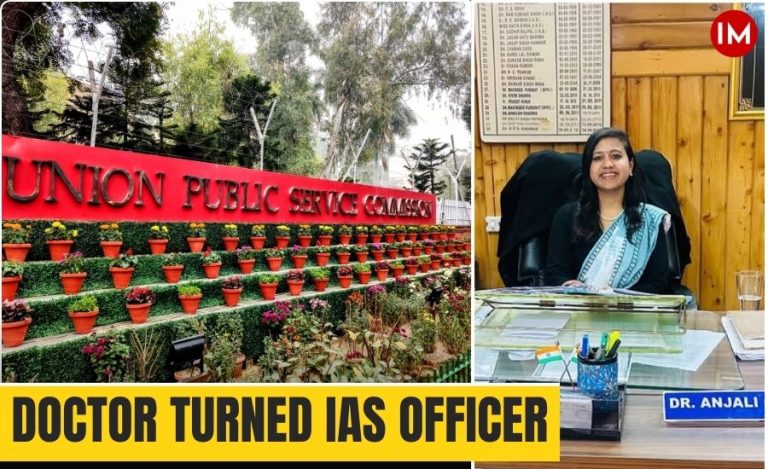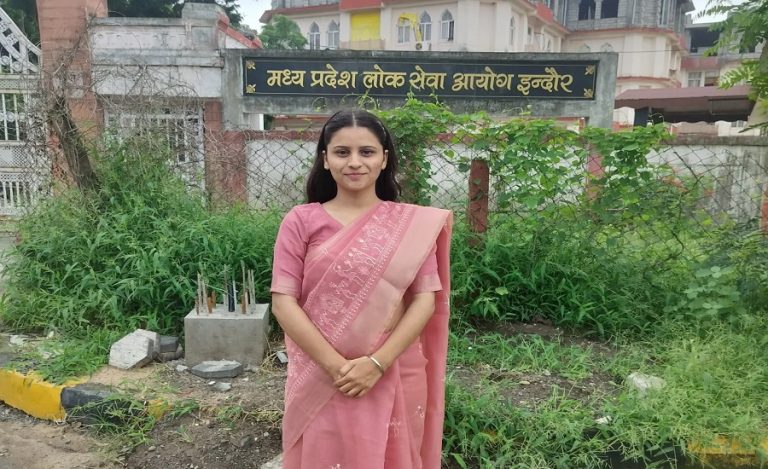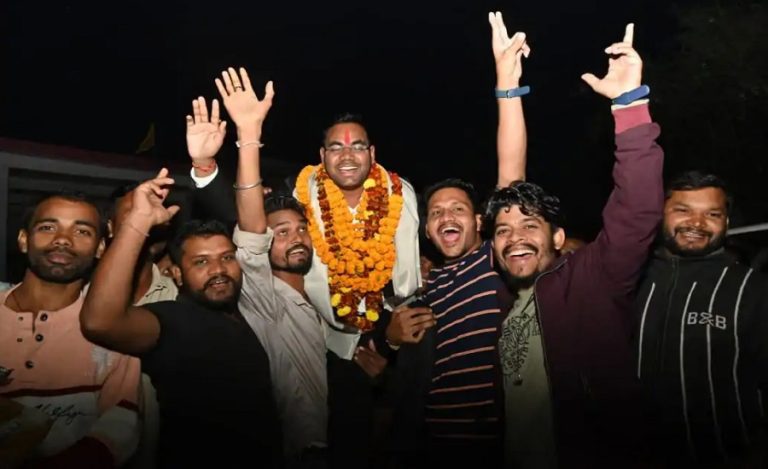In the 83rd episode of his much-talked-about ‘Mann Ki Baat’ program on November 28 this year, Prime Minister Narendra Modi had mentioned DM Priyanka Niranjan, IAS, of Jalaun district of Uttar Pradesh and the Noon river. PM Modi mentioned how the restoration of a river on the verge of extinction became possible due to the efforts of the officer and public participation.
The Noon river, a tributary of Yamuna, originates from Kukrgaon in Orai town of Jalaun district and travels to Mangaraya in Maheva block. Flowing for 89 km, this river passes through 47 villages of the district. But till 6 months ago, this river was fighting for its existence, an ongoing battle for decades. But now, due to the tireless efforts of the administration and the people, the river has come back to life and started flowing again.
Indian masterminds spoke to the Jalaun district administration to know how this restoration project was carried out.

REVIVAL OF NOON RIVER
The river, which was once a boon to the area, started being considered as a curse later. Most of the river was filled only with dirt and deep silt. But now, with its revival, more than 15 thousand farmers are benefiting from it. Many areas which were barren before are now greener than ever before. The river will help in irrigating more than 278 hectares of land directly. Apart from this, water will be available for drinking and other uses for the local people. It will also help in improving the water level of the receding ground water. In the meantime, work for reviving other parts of the river is also going on at a fast pace.
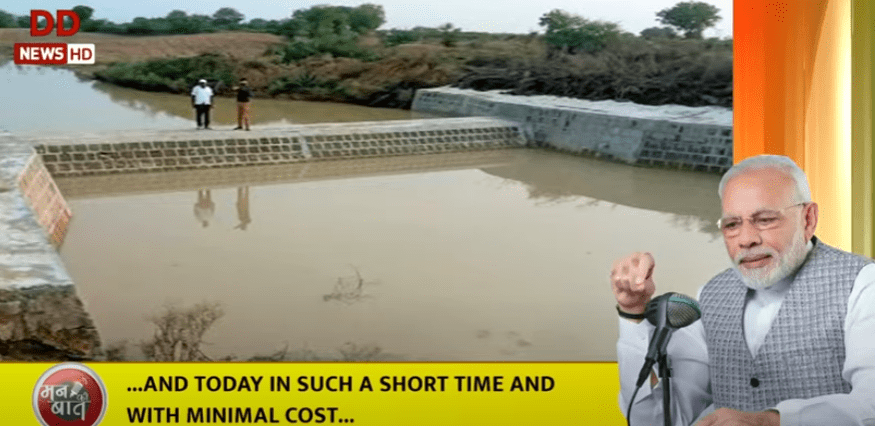
WHAT PM MODI SAID
Prime Minister Modi had narrated the story of the revival of the Noon river in his monthly program, ‘Mann Ki Baat’, which is broadcast on the last Sunday of every month.
He started off by saying “that bravery should be shown only on the battlefield is not necessary. When bravery becomes a vow and it is expanded, then many works start being accomplished in every field.”
After this, he narrated how the IAS officer had written a letter to him in which she had described how the dying river Noon was revived and how the people of Jalaun spontaneously joined the movement to revive it.
“Thousands of villagers spontaneously joined it. The panchayats started working in collaboration with the villagers, and today, this river has come alive again in such a short time and at a very low cost. Now so many farmers are being benefited as a result. This example of bravery shows that if we are determined, nothing is impossible. That’s why I say, everyone’s effort matters.”

CATCH THE RAIN CAMPAIGN
Ms. Priyanka Niranjan, a 2013-batch UP cadre officer,was made Jalaun’s DM in February this year. She laid the foundation for the conservation of the river under the Water Conservation Mission on the occasion of World Water Day. She incorporated public participation to revive the dying Noon river. A plan for the rejuvenation of the river was prepared by discussions with social workers and public representatives.
She said, “When the Prime Minister’s ‘Catch the Rain’ campaign started, we also started working on it in our district. First, we looked for traditional water resources that needed immediate action. We had the Noon River in front of us, which was once the traditional water source of this district. It was the biggest support for the farmers. But in many places now, it had turned into small pits or drains. So, our team started working on it.”
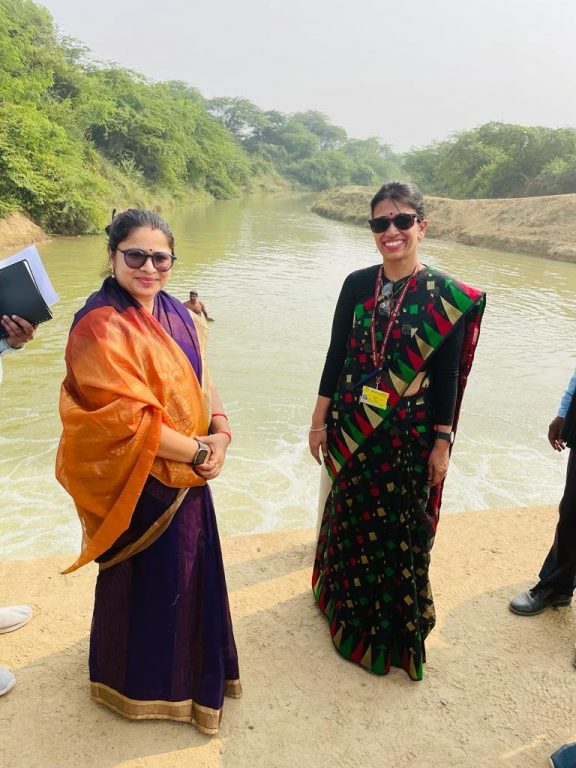
Ms. Niranjan had earlier worked on the ‘Karnavati River’ in Mirzapur, for which Mirzapur had received the National Water Prize. On the basis of this experience, she got a survey done to know the exact location and condition of the river. She came to know that this river passes through 47 gram panchayats and 5 blocks of the district and covers a distance of about 89 kms. In the month of March, a committee was formed, and the restoration program of the river was started.
She said, “We got MGNREGA IDs made in 47gram panchayats. For technical support, help was taken from the Irrigation Department. All the Gram Panchayats participated and worked in this. Apart from MGNREGA, we campaigned and worked largely through public participation. The Irrigation Department also joined the project. We completed most of our work before the rainy season started. If it was not, our objective of conserving rain water would not have been fulfilled.”
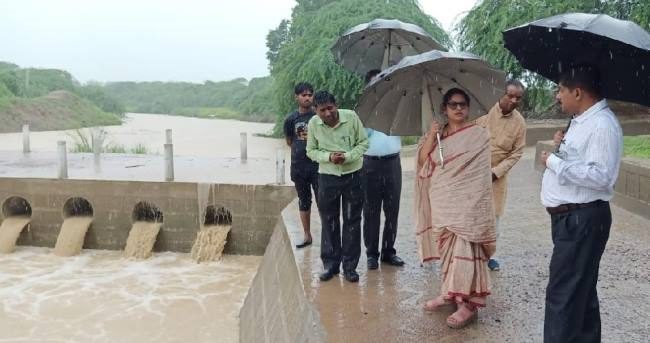
NOON BECAME A BOON
The DM herself started the work on the river with a shovel. So far, about 55 km area of the river has been renovated and work on the rest is in progress. Help of MGNREGA laborers as well as machines were taken at some places for cleaning the silt. Intensive plantation has also been done on the banks of the river for environmental sustainability. According to the NITI Aayog, the rejuvenation work of the Noon River so far has been carried out at a cost of only 49 lakh rupees. At the same time, irrigation potential of 9398.34 hectares of land has increased due to water conservation works. Due to this, thousands of farmers are getting benefited directly or indirectly.
#SDG6: #RiverRejuvination of the local lost River Noon in #Jalaun by the team of @DM_Jalaun!🙌
— NITI Aayog (@NITIAayog) November 15, 2021
80 KM of lost river brought back to life and is now covering 47 Gram Panchayats in 5 blocks with only INR49 lacs.
A unique model of #NREGA meets #JanBhagidari.🤝🤝 pic.twitter.com/08w5aACQG9

